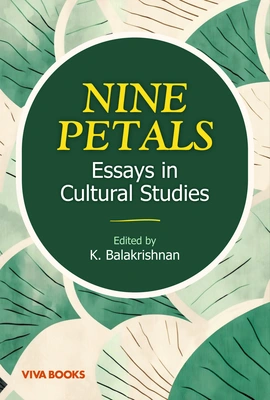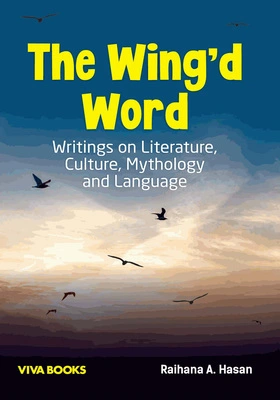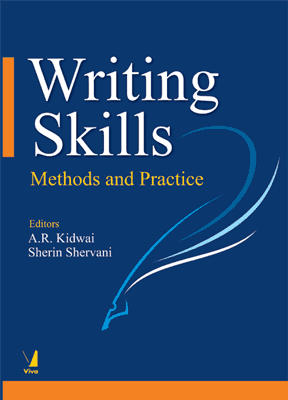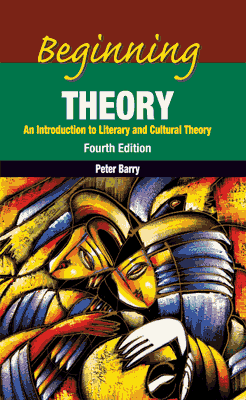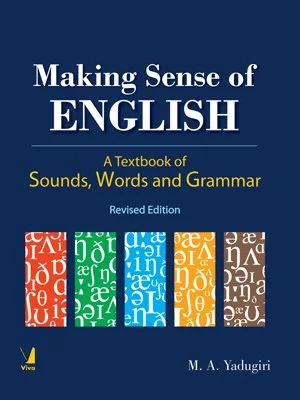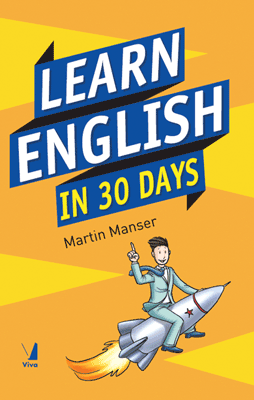Description:
This book is a volume of essays which cover a wide array of topics such as language, art and aesthetics, nationalism, colonialism, womanhood, body, color, environmental and moral issues, politics of narrative, obesity, gender, sexuality, performativity, human rights, canon subversion, technoculture, cultural translation, the centre–periphery dichotomy, the native perceptions of Greek and Islamic culture, Indian polyphony, Indian aesthetics, the travails of Konkani language and culture, the refugee crisis, early Indian novel, femme fatales and superheroes, the psychology of objects, identity and cultural resistance to mention only the most obvious ones. The essays have been grouped under the following nine sections as topical subheads: Translation and Cultural Studies, Language and Aesthetics, Vaicitrya, Human Rights and Performativity, Where the Body “Matters”, (Post)Colonialism and Nationalism, Travels and Travails, Scriptotherapy, and Aano Bhadra.... The allocation, however, is not on arbitrary grounds, but rather tentatively on what appeared to be the most obviously significant of the keywords, from a cultural premise. The papers dealing with diverse topics analyzed/approached from a variety of theoretical perspectives together constitute a profile of contemporary cultural criticism (assuming all the limitations, howsoever) by Indian scholars. These have been arranged in this volume under nine sections, conceived as nine petals, hoping the imagery (certainly, the imaginary too) would lead to further pollinations, both as critical engagement as well as production task.
The volume showcases the result of research by a group of Indian scholars in the area of cultural studies. These essays seek to understand cultural meanings that had previously been lacking from the conventional forms of criticism, and so definitely signpost radical inquiries in criticism as a matter of larger concern. They necessarily deal with quite a lot of related and ancillary topics which are all relevant in the contemporary critical inquiry, shaping them as potential cultural discourses. These essays jointly and severally constitute a dialogue with alternative positions as necessitated by the type of topics selected for discussion. The varieties of human experiences in textual form as well as other expressive manifestations constitute the structures of feeling in any given context. The connection between the structural and the cultural, at times as tensions, define the discursivity in the related subject areas, hinging on the different levels of critical engagements with the artistic and the literary – as ways of investigating the politics of creativity through the conceptual framework of culture – wherein changes in perception and re-articulation of contexts are invariable and inevitable.
Target Audience:
This book will be of immense use to students and academicians of English Literature, cultural studies, human rights and gender studies.
Contents:
Preface
Introduction
Section I: Translation and Cultural Studies
Chapter 1. The Interface of Translation Studies and Cultural Studies (Dr. K. Balakrishnan)
Chapter 2. The Translator as a Storyteller: The Dynamics of Translation in the Indian Perspective of Translating Culture (Dr. Preeti Pant)
Chapter 3. Conceptualizing Culture in the English Translation of Kabir’s Dohas by G.N. Das (Dr. M.G. Priya)
Section II: Language and Aesthetics
Chapter 4. Language: A Multidimensional Phenomenon (Dr. P.P. Vijayalakshmy)
Chapter 5. The Aesthetic Tradition of India: An Overview (Sreedevi O.S.)
Chapter 6. The Polyphonic and Translational Significance of Indian Literature: A Theoretical Perspective (Dr. K. Balakrishnan)
Section III: Vaicitrya
Chapter 7. Femme Fatale Identity in Gillian Flynn’s Gone Girl (Dr. Arsha Subbi)
Chapter 8. The Cultural Significance of Superheroes as Crusaders for Change (Dr. Rajeesh K.P.)
Chapter 9. “Radha Evide?” – Implications of a Kerala Mural Realization of a Gitagovinda Couplet (R. Nandakumar and N.K. Vinod)
Section IV: Human Rights and Performativity
Chapter 10. The Question of Identity and the Pangs of Cultural Resistance in Beatrice (Culletton) Mosionier’s In Search of April Raintree: A New Historicist Analysis (Pramod Kumar K.V.)
Chapter 11. Unraveling Human Right Issues through Autobiography: A Study of Njan Nujood Vayas 10 Vivahamochitha (Aswathi M.P.)
Chapter 12. “Lalitha” and “Kari” in Kathakali: The Ideal and the Abject (Aathira Nandan)
Section V: Where the Body “Matters”
Chapter 13. The Fear of the Body and the Burden of Sexuality in Sara Joseph’s Othappu and Alice Walker’s By the Light of My Father’s Smile: A Comparison (Devi K.)
Chapter 14. Politics of Colorism: A Historical Approach (Kavya Purushothaman)
Chapter 15. Obesity Stigma: A Growing Cultural Epidemic (Dr. Bincy Mole Baby)
Section VI: (Post)Colonialism and Nationalism
Chapter 16. The Indian Novel as the “Open Sesame”: The Text/Context Interface in Rajasekharacharitramu (1880) and its English Translation Fortune’s Wheel (1887) (Dr. Meenu B.)
Chapter 17. Nationalism, Womanhood and Colonial Bengal: Reading Vivekananda (Dr. Sreenath Muraleedharan K.)
Chapter 18. Post-colonial Paradigm in Chinua Achebe’s A Man of the People (Dr. A.J. Thankachan)
Section VII: Travels and Travails
Chapter 19. With Her “head lifted up” in Holy Mecca: Centre-Periphery Reconfiguration in A Pilgrimage to Mecca (1870) by Nawab Sikandar Begum (Dr. Meera B.)
Chapter 20. Hannah Arendt and the Refugee Question: Theorizing Right to Have Rights (Ajith K.)
Chapter 21. Growth of Konkani Literature: A Saga of Endurance and Survival (Geetha R. Pai)
Section VIII: Scriptotherapy
Chapter 22. The Fiction of John Barth: A Spooky Simulacrum of Sense (Dr. P.K. Babu)
Chapter 23. Canon Subversion: An Analysis of the Select Novels of Vaikom Muhammad Basheer (Dr. Shamsudheen P.)
Chapter 24. Blogging: Displacement of Grand Narratives (Dr. Sreena K.)
Section IX: Aano Bhadra...
Chapter 25. Valentine Rasputin: Russian Writer Deeply Attached to His Native Siberian Village (Prof. Hem Chandra Pande)
Chapter 26. Exploring Greek Literature and Culture through Writings in Urdu (Dr. Abdul Rab)
Chapter 27. The Status of Objects in Thérèse Raquin of Émile Zola (Sanjay Kumar)
About the Editor:
Dr. Balakrishnan Kalamullathil (MA English, MA Linguistics, MA Politics, PG Diploma in Translation, MPhil and PhD) was a teacher at the Department of English (PG) of NSS Colleges, Ottappalam and Manjeri (1992–2016). He was on the Board of Studies and Faculty of Language and Literature of the University of Calicut. Since his retirement in 2016, he has been serving at the PG and Research Department of English of Amrita Vishwa Vidyapeetham, Kochi Campus, Kerala as Professor and Research Guide. He was also the Chairperson of BoS in English for two terms. He has many articles and conference presentations to his credit. He is on the peer review panel of several national and international journals. His areas of interest include literary theory, cultural studies, translation studies, gender studies, film studies, ELT and modern drama.
